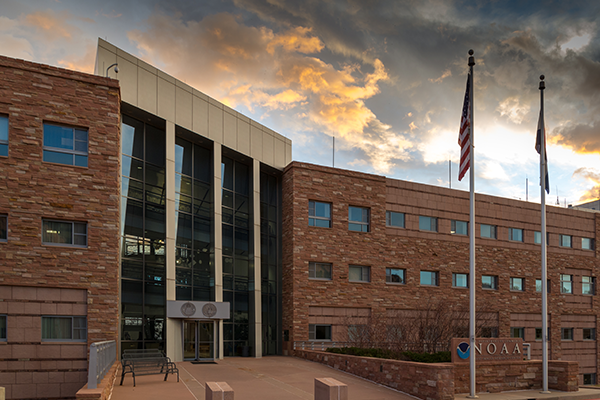
Coupled Land/Atmosphere Data Assimilation
Clara Draper
CIRES and ESRL Physical Sciences Laboratory
Tuesday, Oct 02, 2018, 2:00 pm
DSRC Room 1D403
Abstract
The land surface can have a profound impact on the diurnal evolution of the boundary layer. Additionally, land surface states, and particularly soil moisture, have a longer memory than the atmosphere, so that the land surface provides an important source of atmospheric predictability, up to at least seasonal time scales. Atmospheric forecasts, across a range of time scales, can then be improved by using land data assimilation (DA) to improve a model’s initial land surface states. The characteristics of the land surface differ from the atmosphere in several important ways, and this presentation will review how these differences have affected the design of land DA systems. Land DA is used by both the NWP community (working with AGCMs, to improve the atmosphere), and the hydrology community (working with offline land surface models, to improve water storage and fluxes). Since these communities are ultimately interested in different processes, the approaches to land DA that have evolved within each are different. These differing approaches will be presented and compared. In both cases, the land DA has been tailored to improve the model components of greatest interest to that community (e.g., weather forecasts), however this does not then necessarily improve other model components (e.g., the land states). Nonetheless, progress is being made towards better integrated land DA approaches, capable of improving both the land and the atmosphere. As one example, results will be presented from recent coupled land/atmosphere DA experiments, in which satellite soil moisture is assimilated into a re-run of NASA’s MERRA-2 reanalysis, resulting in improved soil moisture, land surface fluxes, and screen-level temperatures.
You must provide an accepted form of identification at the Visitor Center to obtain a vistor badge. Security personnel also inspect vehicles prior to entrance of the site. Please allow extra time for these procedures.
After receiving a badge, you must arrive at the DSRC Lobby at least 5 minutes before the seminar starts to meet your security escort. If you arrive after that time, you will not be allowed entry.
Foreign Nationals: Please email the seminar contact at least 48 hours prior to the seminar to provide additional information required for security purposes.
Seminar Contact: Robbie.Desen@noaa.gov